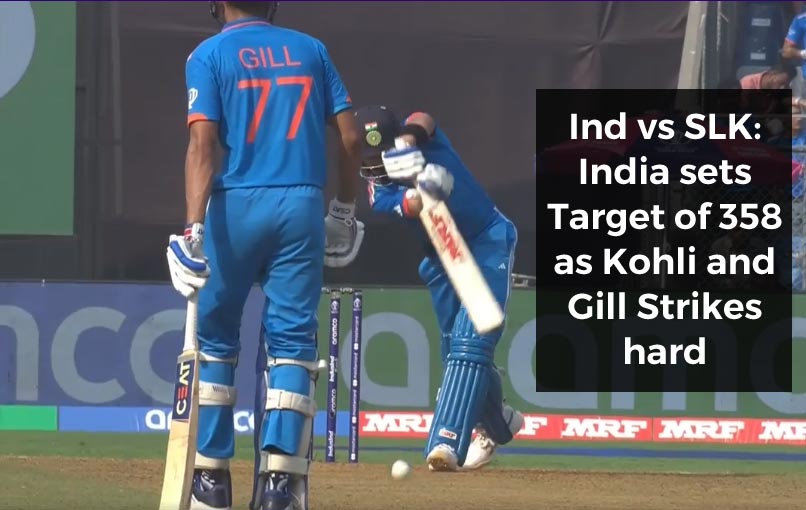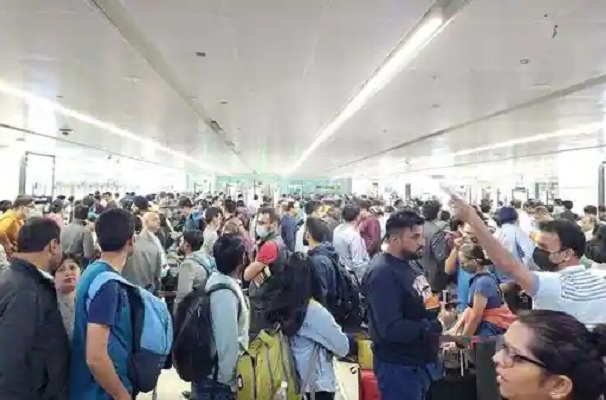44% of Delhi NCR homes limit outdoor exposure amid severe pollution: Survey finds
Mon 27 Oct 2025, 00:52:37
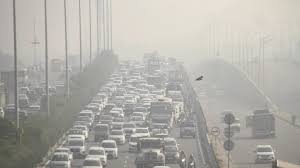
Post-Diwali, most parts of Delhi NCR recorded extremely poor air quality, with AQI levels crossing 1000 in several areas as residents continued to light firecrackers till midnight despite a Supreme Court directive restricting their use. Even with a noticeable reduction in stubble burning in neighbouring states this year, the average Air Quality Index (AQI) hovered around 400 across many parts of Delhi.
Massive floods in Punjab and Haryana earlier this year led to crop losses and delayed harvests, contributing to a 77.5% drop in total stubble burning events compared to previous years. Despite this, the region’s air remains dangerously polluted.
According to World Health Organization (WHO) guidelines, PM 2.5 levels should not exceed 15 micrograms per cubic metre over 24 hours.
However, Delhi’s current PM 2.5 levels are up to 24 times higher than the recommended limit, posing severe health risks particularly for children, pregnant women, the elderly, and those with pre-existing conditions.
In recent days, there has been no significant improvement in air quality, and residents can be seen wearing masks, using air purifiers at home and in offices, and seeking medical help for pollution-related ailments.
44% HOUSEHOLDS LIMITING OUTDOOR EXPOSURE
As air quality worsened, residents were
asked what steps they are taking to cope with the situation:
asked what steps they are taking to cope with the situation:
. 31% said they plan to stay indoors, use air purifiers, and consume immunity-boosting foods/drinks.
. 15% will stay indoors and increase intake of healthy foods/drinks.
. 23% plan to travel out of Delhi NCR temporarily.
. 8% will continue regular routines but wear masks outdoors.
. 23% said they won’t take any special measures.
Overall, 44% of Delhi households are actively trying to reduce outdoor exposure and strengthen immunity to deal with the toxic air.
The findings highlight the urgent need for stronger enforcement and pollution control measures. Authorities in neighbouring states must eliminate stubble burning, while local civic bodies in Delhi NCR must ensure strict adherence to GRAP (Graded Response Action Plan) restrictions.
Additional steps like using anti-smog guns and conducting street sweeping at night can further reduce dust and emissions. Immediate coordinated action is essential to prevent further health deterioration among citizens.
The survey received over 44,000 validated responses from residents of Delhi NCR. It was conducted via the LocalCircles community platform, where participants are verified citizens registered with the network.
No Comments For This Post, Be first to write a Comment.
Most viewed from Health
AIMIM News
Latest Urdu News
Most Viewed
May 26, 2020
Where should be the burial of the pilgrims martyred in the Saudi Arabia bus accident?
Latest Videos View All
Like Us
Home
About Us
Advertise With Us
All Polls
Epaper Archives
Privacy Policy
Contact Us
Download Etemaad App
© 2025 Etemaad Daily News, All Rights Reserved.


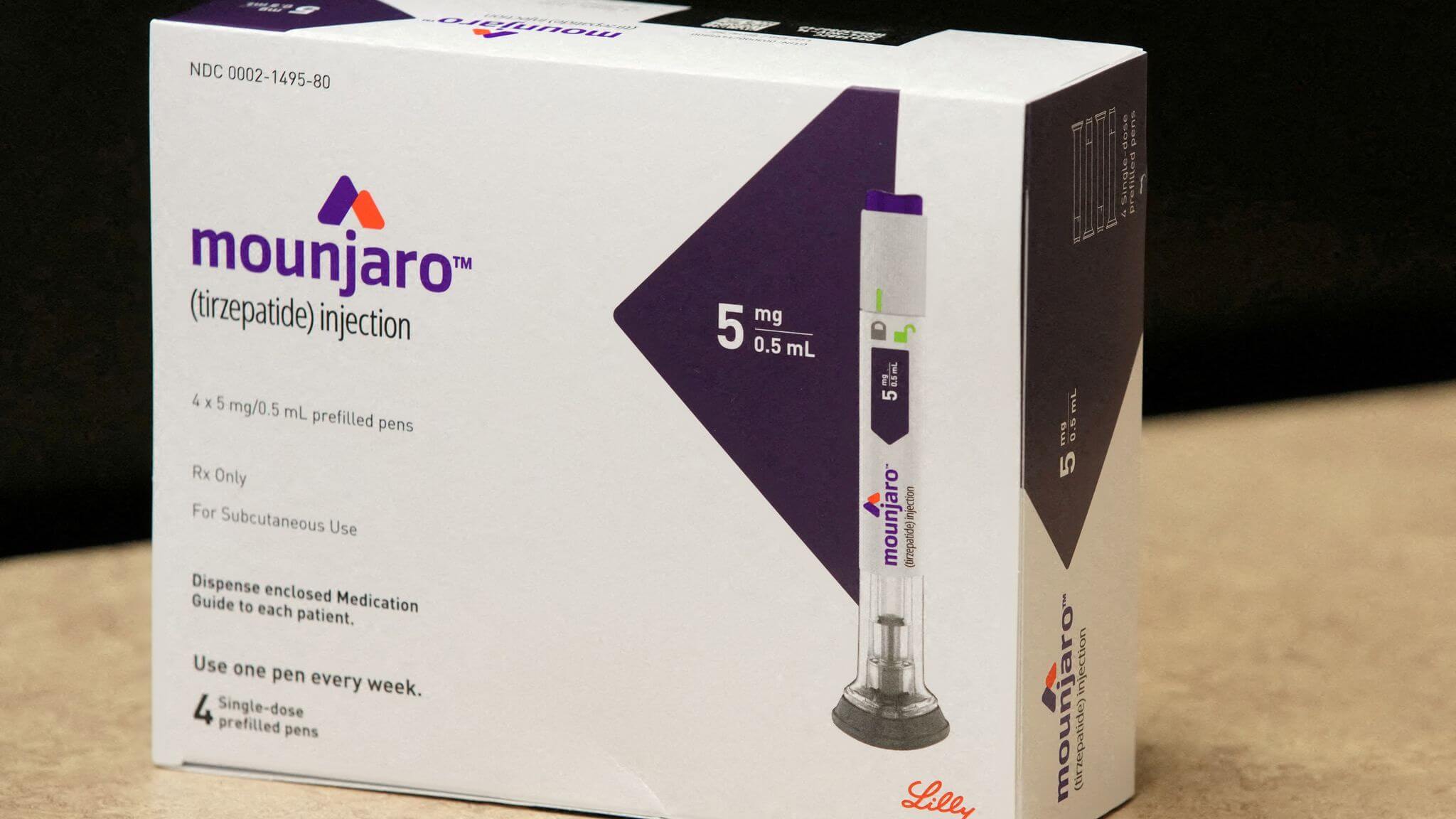

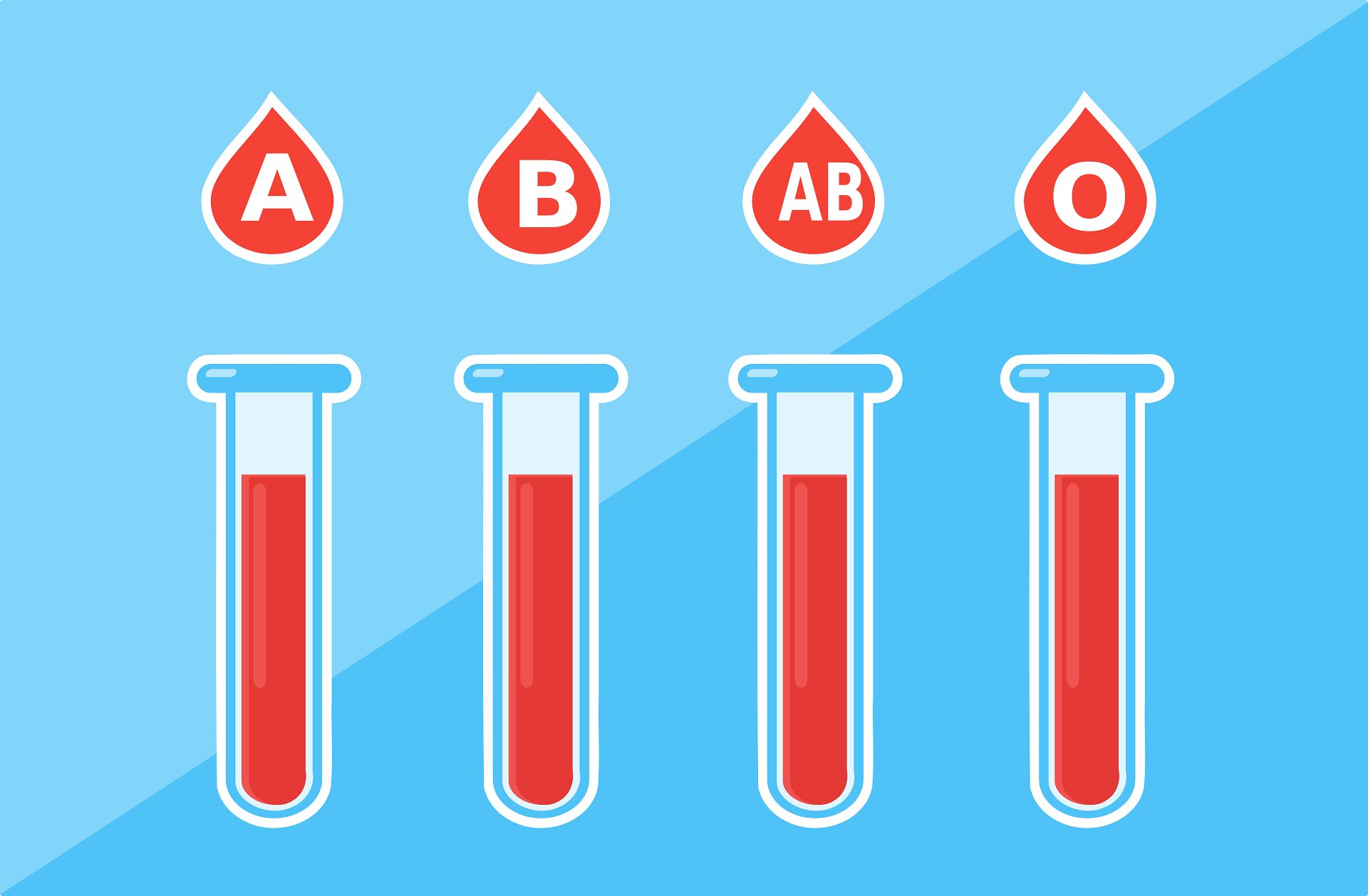


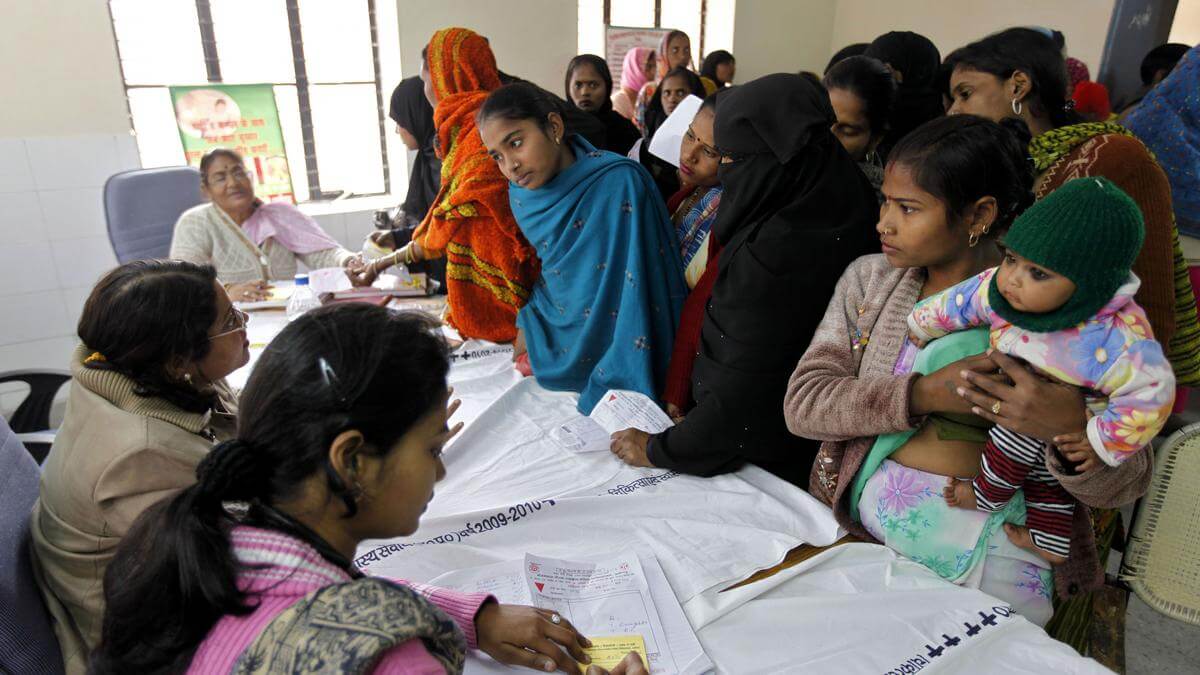




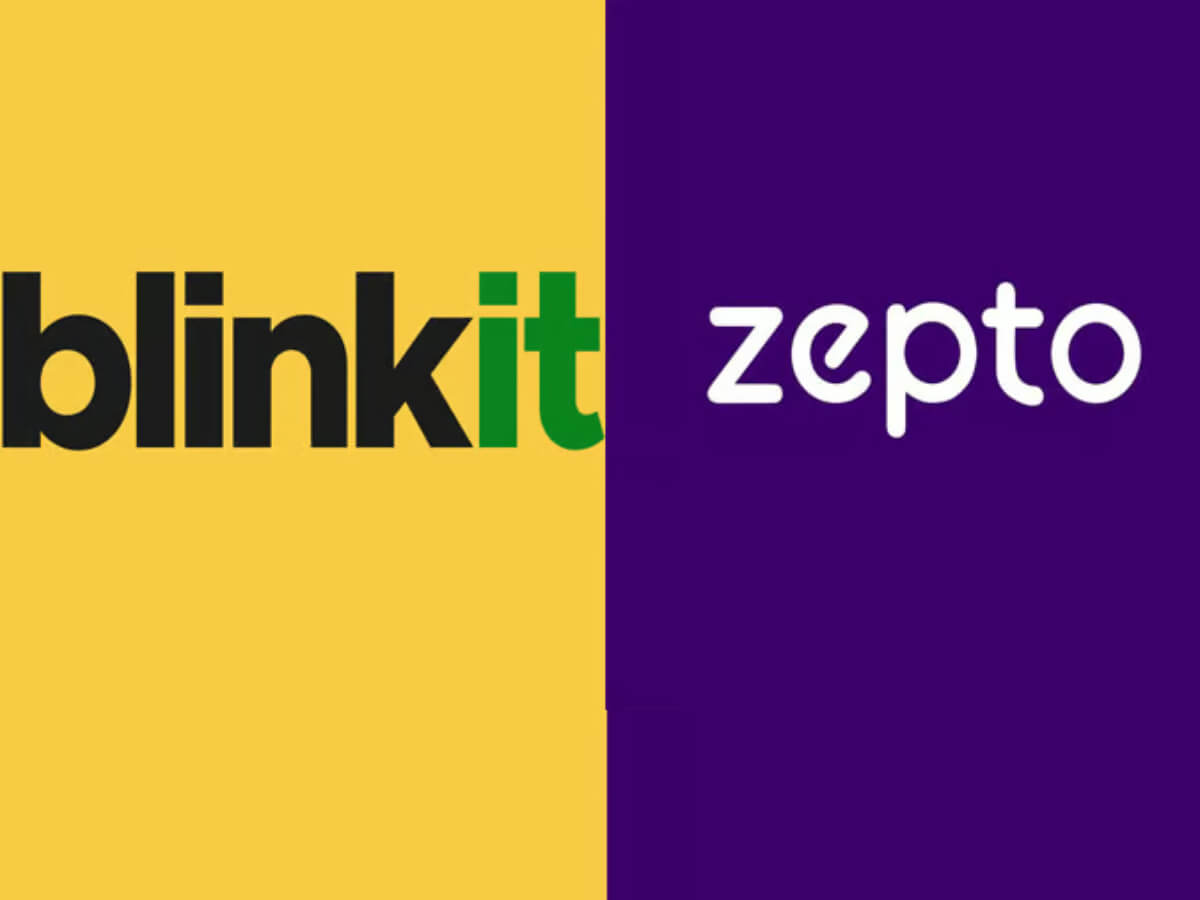

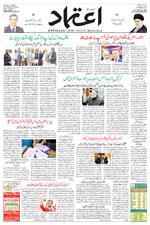




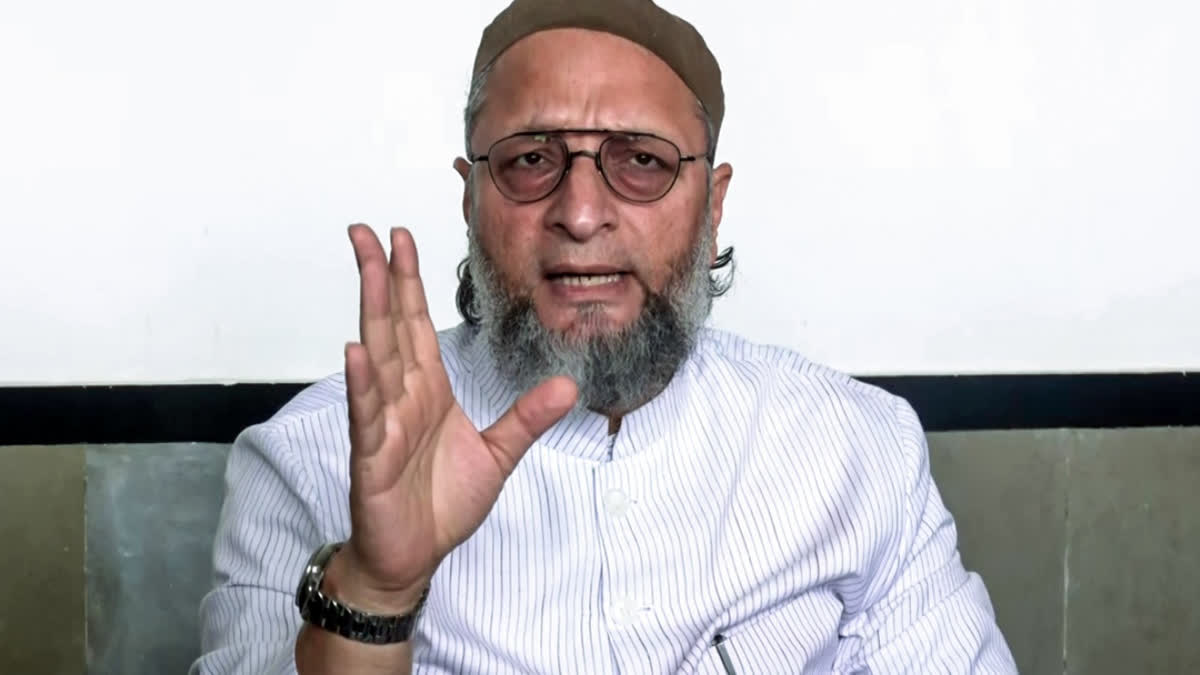
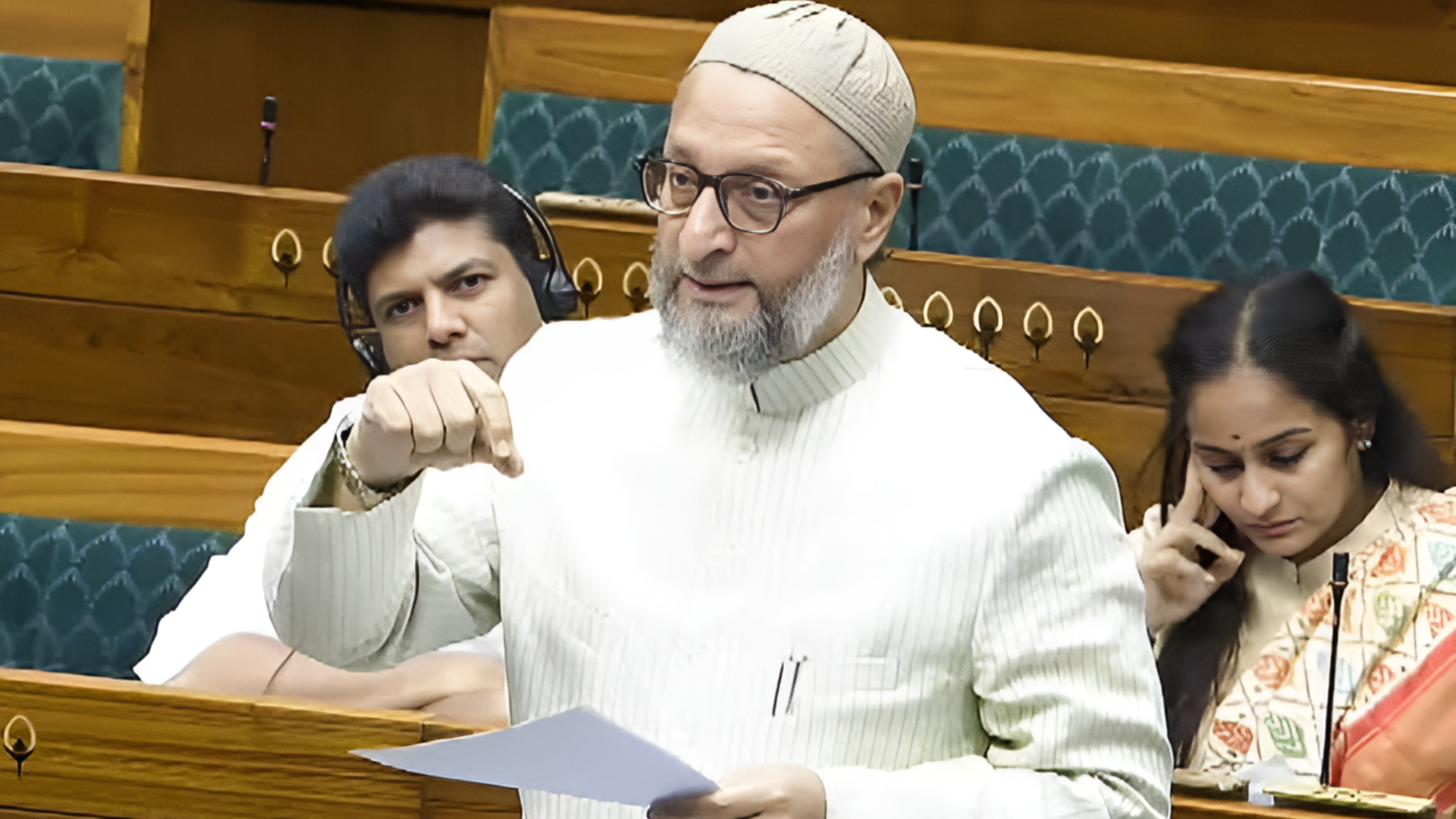




.jpg)
.jpg)
.jpg)

